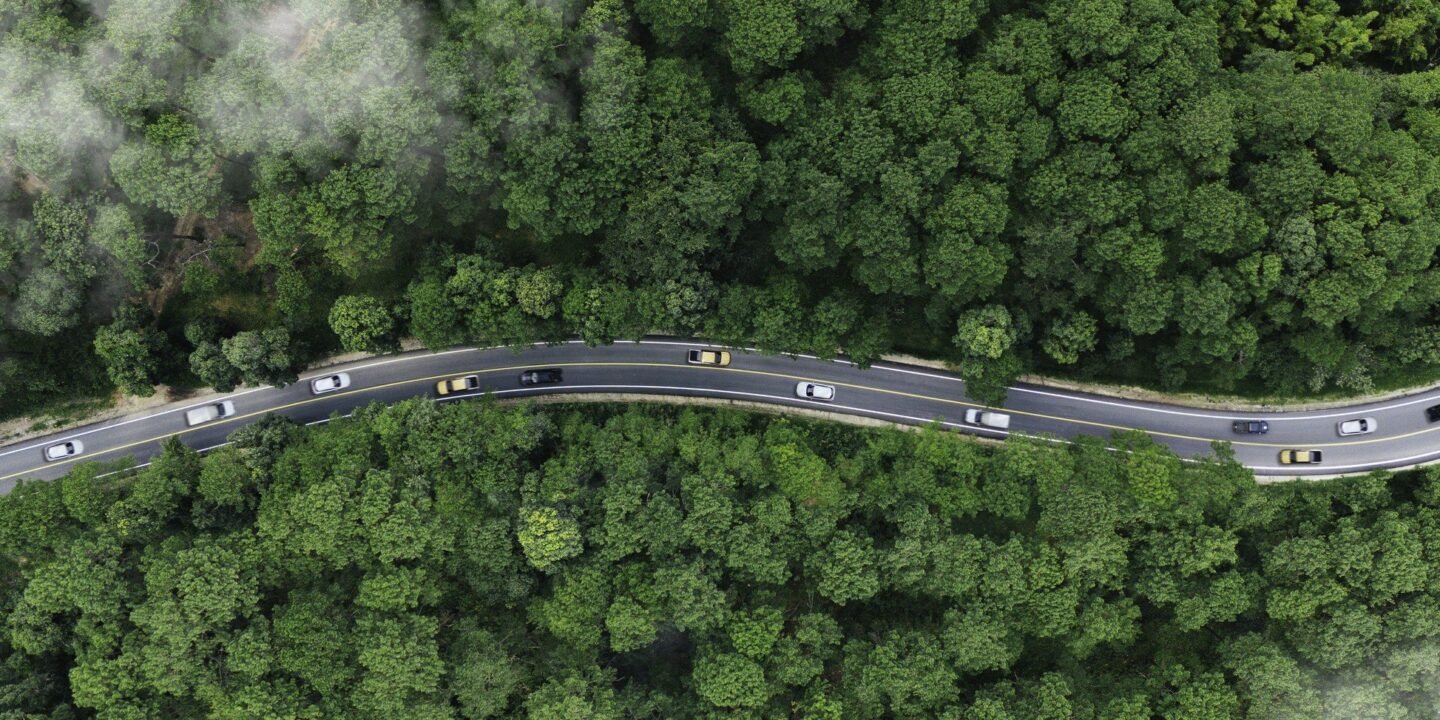
For many of us, the environmental effects of digital production and consumption are a looming concern, intensifying daily as AI use becomes part of everyday life.
Most organisations have a legal duty to limit and reduce our ecological footprint. Meanwhile, we’re under pressure to responsibly adopt resource-thirsty technologies and our marketing efforts operate in an economy where more screen time almost always means more profit.
Balancing these tensions is challenging.
That’s why neat numbers and benchmarks feel like a good starting place for countering our toll on the planet. Digital sustainability is an inherently knotty challenge and a field of study that’s largely driven by heavily technical and academic research.
Tools like website carbon calculators offer to translate this complexity into a reassuringly precise figure. Reduce that figure and you’ve lowered the carbon footprint of your website. But the truth is a lot more complex.
Energy consumption isn’t linear
Website carbon calculators work by converting website activity into a rough estimate of carbon emissions. One of the main things they look at is page weight – the total size of a webpage in kilobytes or megabytes, including text, images, videos and code.
The idea is that heavier pages mean more data transfer across the internet, which in turn means more energy used. The calculator then applies average conversion factors to turn that data transfer into an estimate of energy use and, finally, a carbon footprint.
Continues…

The use of these calculators, though well-intended, has led to a common misconception that data transfer is proportional to energy consumption. In other words, if you can shrink the overall size of your website, carbon emissions will correspondingly decrease.
It’s an appealingly simple narrative but the reality is more nuanced. Data transfer and energy use are connected – but not as neatly as we might think.
The energy required to serve a website depends on many other factors: the efficiency of data centres and networks, the source of the electricity powering them, the type of devices people use to browse, and even how long users spend interacting with a page. Plus, a lot of the energy used in networks and data centres is baseline, running regardless of how much data is transmitted.
Website calculators used fixed assumptions that can’t account for these countless differences in context. They drastically simplify how website infrastructure works. There are even cases where the ‘low carbon version’ of a website was found to be more energy intensive.
The bigger picture
Digital sustainability is an emerging field and it’s easy to get distracted when contradictions are rife. Carbon estimation tools can be a great foundation for getting people on board. And let’s not forget, tips for improving website sustainability generally align with best practices across content, accessibility, SEO and user experience.
But it would be amiss to focus solely on practical solutions for reducing page weight. There’s a risk that any small gains made might distract from the bigger picture.
Your website is a small drop in your organisation’s digital infrastructure. Zoom out and you’ll see a complex web of interconnected systems. The choice of cloud services you use, how you store and manage data, how you engage with AI tools and the embodied emissions of computer hardware. Together these shape the true scale of your organisation’s digital environmental impact.
Learning together
Taking all this into consideration is a hefty challenge that demands collective effort and persistent curiosity. Choices about digital infrastructure aren’t purely technical, they’re strategic too.
Cross-departmental working groups are a great tool for building a community of interest around sustainability. These groups create a regular space for open dialogue, knowledge-sharing and healthy debate around a topic that isn’t (and shouldn’t be) the sole responsibility of any one role.
Organisations like the British Library have found success in this approach through their Discover Digital Sustainability series run earlier this year. Through a mix of reading sessions, workshops and expert talks, the group engaged in peer learning and collective discussion that has opened up opportunities for practical action. This work cannot be done in siloes – participants also reflected on the need for sector-wide collaboration to help build shared standards around approaches to digital sustainability.
Established standards
Conveniently, there is already a global movement set up to create, steward and progress an evidence-based framework for a more sustainable web. In November 2023, the first version of the Web Sustainability Guidelines was published. It was a monumental milestone for folks working in the green IT movement.
Created with the help of over 100 subject matter experts, the guidelines are expected to become the recognised standard for sustainable digital practice (much like the WCAG are the now internationally accepted norm for accessibility compliance).
They cover best practice across multiple disciplines – from UX, design and content to web development, hosting and broader business strategy. And it’s not solely focused on optimising for the finished product. The guidelines help you to interrogate your ideation process, prompting you to consider how user and planetary needs are accounted for before you even brief, design or build anything.
These questions are philosophical and strategic, easily overlooked if we’re solely contemplating page weight. There is guidance around promoting a lightweight experience, but it sits alongside a more holistic view of digital sustainability. Trimming down a few kilobytes of page weight on the front-end of your website might be a misplaced exercise if fundamentals like your data storage practices are wasteful.
We’re on the cusp of technological changes that are in equal parts daunting and exciting. Digital sustainability is complex, but every thoughtful choice counts. By learning together, using evolving shared standards and embedding environmental thinking into our digital practices, we can build a web that works better for both people and the planet.











